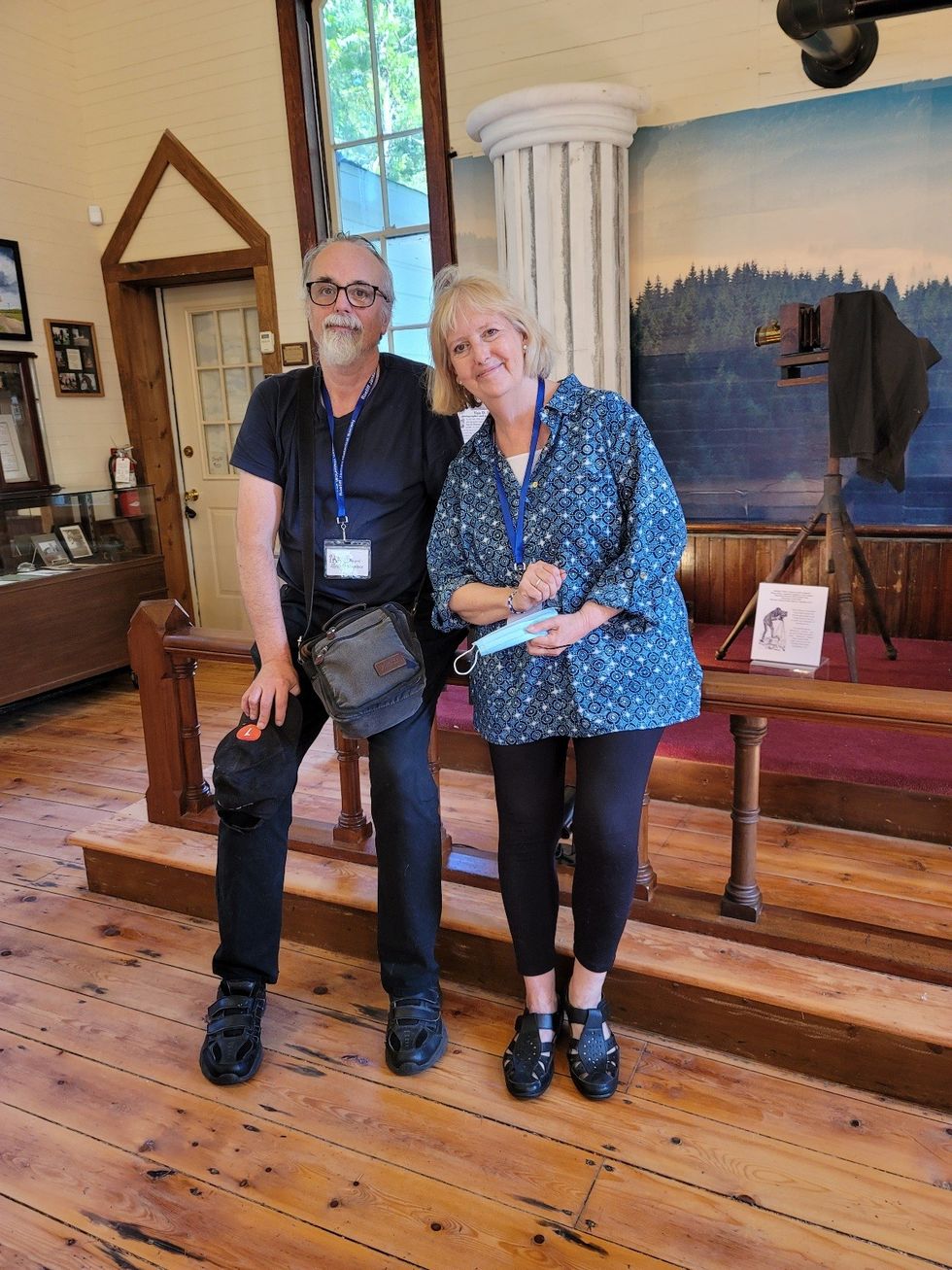COPAKE FALLS — As most know, art comes in many forms. And many are also aware that religion is the mainstay of communities around the world.
History has a way of telling the stories of both, and how the two are often intertwined. The Roeliff Jansen Historical Society is currently offering local residents and those who may be visiting the region a chance to learn the tale of both vital elements in an exhibit at their museum in Copake Falls.
“Revived in Wood” is a look at Greek and Gothic Revival churches throughout the Harlem Valley. The multi-media presentation is beautifully done, and fittingly enough, the museum was formerly a country church, much beloved by those who worshipped there.
In a booklet for the exhibit, it states that there are 17 19th-century churches in the Roe Jan area devoted to the Greek or Gothic styles, all constructed of wood and of various denominations.
The exhibit will run through October. The show features the two styles that are representative of divergent world views.
Greek Revival boasts symmetrical solidity, a manifestation of a new, growing Republic.
Gothic is reminiscent of more earthly, organic and natural form.
No matter the style, each represents a means of refuge, of gathering together and partaking in worship, the building of soul and strength.
The exhibit focuses on creations of beauty, constructed of wood, as well as the tools that created those articles.
The wooden handles of the tools are mostly shiny and smooth, made so by endless years of toil and labor. The tools are often works of art themselves.
Photos of the churches are on display, five are from area towns.
Recently added to the collection is St. Bridget’s Catholic Church in Copake Falls. No longer standing, but preserved through photos, St. Bridget’s was a wooden Gothic Revival church. It was built in 1926, the latest built in this collection of churches.
The earliest church built in the group is the Reform Protestant Dutch Church in Gallatin, built in 1824; it remains standing at 325 Doodletown Road.
The Roeliff Jansen Historical Society meets in Copake Falls, at the old church built in 1952 that was named to the National Register of Historic Places in 1995.
Some of the details worth checking out in this exhibit include the altar, with accompanying relics and artifacts.
One can also rest on two long wooden benches, laid back to back down the center of the former church.
Some of the woodworking tools on display may be familiar, others not so much, all are from another time and place.
There are a great many photos of the different churches on its walls and in its display cases.
One large painting hangs over the altar; also on the altar is a television showing a documentary of woodworking methods.
There’s also an old tripod camera, the type that required the photographer to drape a black cloth over his head and shoulders.
The Historical Society has done a fine job of amassing memorabilia from the many local churches and sharing an incredible amount of information about their edifices.
Some of the architects who built the houses of worship were quite famous, for instance Richard Upjohn, who designed the Church of St. John the Divine in the Wilderness in Copake Falls in 1852 in the Gothic Revival style. Still standing, that church was restored in 1949 after suffering from long periods of closure.
Regular services have been conducted there since it was reopened and often the church holds concerts these days.
The Roeliff Jansen Historical Society’s Museum is located at 8 Miles Road, Copake Falls, and is open on Saturdays and Sundays from 2 to 4 p.m.
There are books and other items for sale, and there is much to examine and enjoy. One can learn about the religion, art, woodworking and mores of a society long gone in the current exhibition.
Donations are welcome, but admission is free and there is always someone present who can discuss the exhibit and answer questions. For more information, call 518-329-0652.







 Submitted
Submitted







